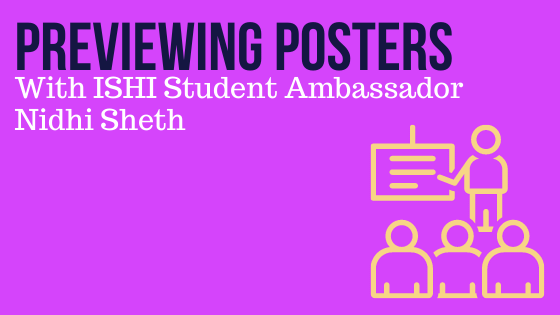Interpreting mixture samples from a bulk pipeline is arduous since the signal is a cacophony of low-fidelity fluorescence from noise, artifact and incomplete allele signal from an unknown number of contributors. The resultant electropherograms (EPGs) are sometimes so complex as to require significant computational power to complete the interpretation. An alternate to the bulk-processing pipeline is a single-cell one, where the sample is collected and each cell is sequestered. The DNA from each cell is then extracted, amplified and electrophoresed.
During her poster presentation at ISHI 32, Nidhi Sheth will examine the effects of candidate laboratory treatments and confirm whether the signal quality is unchanged between manual and semi-automated processes while exploring if signal quality is independent of cell-type.
Briefly describe your work/area of interest.
My research aims to explore the single-cell approach to de-convolve cellular admixtures before extraction – i.e., at the front-end of processing –. More specifically, I am to design, develop and fully validate a single-cell pipeline based on sound physicochemical knowledge and statistical principles. By the end of the project, my aim will be to articulate experimental standard operating procedures that optimize signal quality, test multifarious interpretation pipelines and report on the best performing one, and report on the sample types for which single cell methods improve upon traditional, bulk ones.
Harish Swaminathan, and Amanda Gonzalez who previously worked on the research project under the supervision of my advisor, Dr. Catherine Grgicak, help set the grounds for this project in that they developed and tested the experimental conditions under which pico-pipetted single-cell sequestration ought to be conducted. It is because of their work; I am able to partake in this exciting and novel approach to forensic DNA. I am now building upon their work and developing experimental protocols for cells acquired using a semi-automated approach using the DEPArray™ technology.
Our preliminary results show that we are able to not only isolate and analyze single-cells, but do so with high success rates, even for the most temperamental of cell-types – i.e., epithelial cells. At present, I am working on optimizing the workflow while always being cognizant of reagent compatibility, which is an important aspect of single-cell pipeline design.
A forensically relevant single-cell pipeline will be highly reliant on the sound application of known and accepted physicochemical and statistical principles. I am fortunate to have the mentorship of Dr. Catherine Grgicak. I am also fortunate to receive guidance from our key collaborators Dr. Desmond Lun from Rutgers University and Dr. Ken Duffy from Hamilton Institute, National University of Ireland in matters of statistical modeling and interpretation.
How did you get interested in this work? Why did this particular project appeal?
I was always interested in working towards providing justice to women who have been the victim of abuse in their lifetime. I believed this project could potentially have a great impact in that regard, since sexual assault and violence against women sometimes, unfortunately, involve multiple perpetrators or victims. If we could develop a tenable -single-cell pipeline, the positive repercussions to society are, potentially, innumerable
Can you summarize the impact of your work for the audience (ISHI attendees and some general forensic enthusiasts)? How might this advance the field?
Developing a single-cell forensically relevant pipeline will help solve the DNA mixture conundrum in that it can provide full mixture deconvolution within a Bayesian paradigm, but without the unwanted effects associated with delineating what range of propositions to apply. Thus, not only can it, theoretically, provide full-profile information without interference effects from the other contributors, it negates propositional or contextual effects since in no case is a co-contributor assumed.
WOULD YOU LIKE TO SEE MORE ARTICLES LIKE THIS? SUBSCRIBE TO THE ISHI BLOG BELOW!
SUBSCRIBE NOW!


